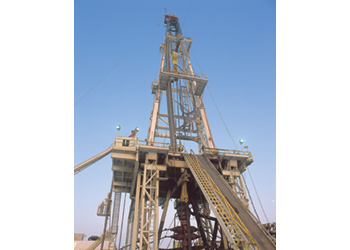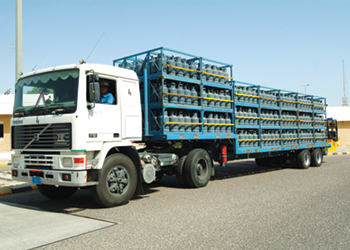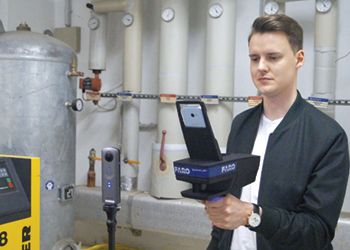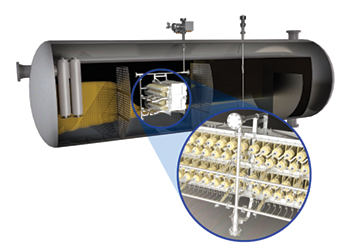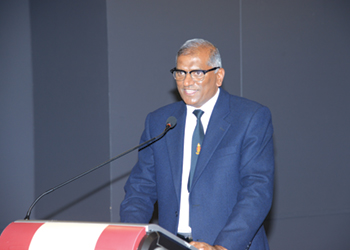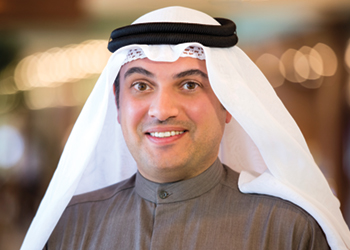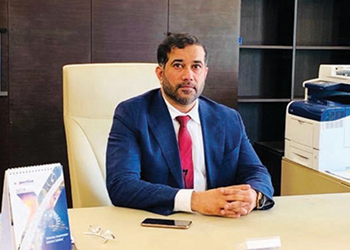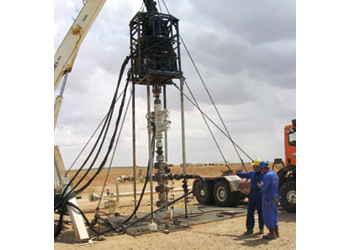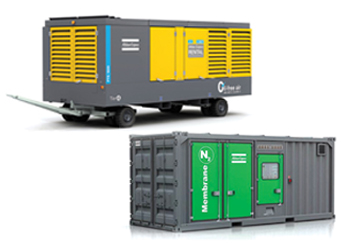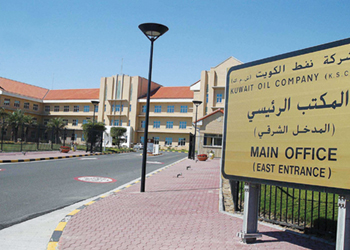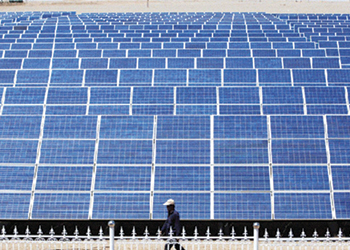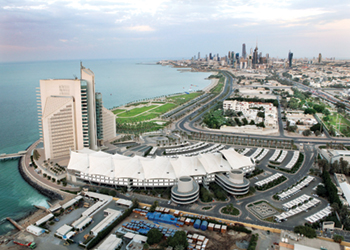
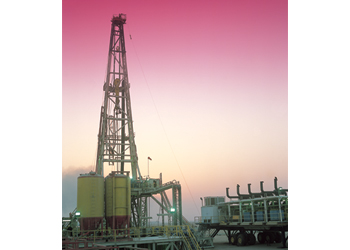 KOC ... living up to its name
KOC ... living up to its name
Since more than 80 years since the discovery of oil, Kuwait is the only Opec member with one type of crude oil and with limited flexibility in marketing its crude oil by either mixing the crudes or improving on the quality to improve the prices
Kuwait Oil Company (KOC) is the biggest of the K-companies under Kuwait Petroleum Corporation (KPC). It works quietly with low publicity but it owns and operates one of the biggest oilfields in the world, which is Burgan or the "Great Burgan".
This oilfield produces close to 65 per cent of Kuwait’s total oil production, and provides the state with a daily revenue of more than $180 million.
It has been providing the world with more than 200,000 barrels of sweet super-light crude oil. Since more than 80 years since the discovery of oil, Kuwait is the only Opec member with one type of crude oil and with limited flexibility in marketing its crude oil by either mixing the crudes or improving on the quality to improve the prices.
In addition, it has to pump more oil from the northern oilfields to reach the promised figure of 950,000 barrels per day (bpd) – a target figure set by major oil companies for the northern oilfield project. It is short by 100,000 in reaching the promised figure and may be even more to reach one million barrels. Its other challenge is to invest in developing the heavy oils to 60,000 barrels initially and then triple this number later.
Its well-known publicity has fallen with the ongoing production of free gas from the northern field where deep-drilling to more than 16,000 feet deep for bringing gas is ongoing after delays of more than ten years, which is not due to KOC but internal Kuwait politics. Now the gas is coming on-stream, and KOC must maintain and improve on it to reach the target figure of one billion cubic feet. The challenges are hard and tough, and measured in numbers.
Other K-companies are soft, and no one will ask, unlike KOC, as any drop in income goes back to the oil fields and production figures. Sometimes it is forced to reduce its throughput in line with the government’s commitment to Opec-specified quota. Nevertheless, in the end, Kuwait’s oil industry is moving in the right direction.
However, frequent changes in the management and the ministerial position slows down and sometimes stops the whole project like the developments of the northern fields plus the free gas project. Reaching the target of more than 2.8 million barrels per day of crude oil, of which about 200,000 barrels are superlight oil, along with production of free gas and heavy oils are certainly good news.










































































